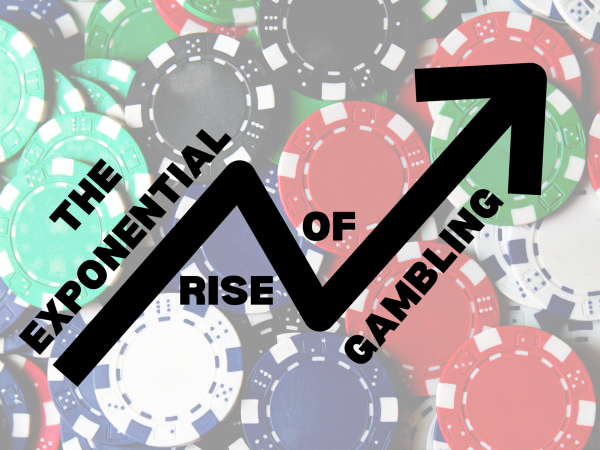Supreme Court Overturning Student Loan Forgiveness
President Joe Biden’s plan to reduce the country’s student loan debt is a much-needed step in the right direction. However, the Biden administration must navigate challenges such as tax increases and national debt impacts to ensure that the benefits of the plan outweigh its costs.
Student loan debt has been a longstanding issue for many years, adversely affecting students. In response, President Biden recently unveiled a proposal that would eliminate all or portions of student loans for millions of Americans. To implement his plan, Biden would need bipartisan support in both houses of Congress–something that seems to become less and less likely as the divide between Republicans and Democrats and their respective constituencies deepen by the day.
So rather than push a plan destined to fail in Congress, Biden issued an executive order, which doesn’t require congressional approval to become law. Republican opponents challenged the legality of the plan in federal court and now the Supreme Court will decide. If implemented, students will have less or no loan debt and therefore will have the ability to allocate their financial resources toward other crucial aspects of their lives, such as acquiring a home, starting a business or investing in more education.
Moreover, this plan has the potential to promote economic growth in the American economy. The accumulation of debt has been a significant financial burden on students, leading to an economic slowdown over the years. However, a loan forgiveness plan could help stimulate the economy by increasing consumer spending – leading to job creation and higher economic growth.
Despite its potential benefits, there is a growing concern that the plan’s implementation could be derailed by the conservative tendencies and political agendas of the United States Supreme Court. On March 1, 2023, the Court raised questions about President Biden’s authority to propose the plan without congressional approval, creating additional uncertainty regarding the plan’s fate. With the Court’s current majority leaning towards more conservative acts and plans following the appointment of three justices – Brett Kavanaugh, Amy Coney Barrett and Neil Gorsuch – by former President Donald Trump, the loan forgiveness plan’s future remains undetermined. Although there are varying views bipartisanly, the conservative tendencies of the three justices are apparent in their votes to overturn Roe v. Wade in June 2022. The consequences of the plan’s fate worry students, as it could have far-reaching consequences for the future of student loan debt in the country.
On the other hand, it is worth noting that the Court occasionally supports left-wing policies, as demonstrated by their recent approval of a $6 billion student loan debt settlement on April 13, 2023. This settlement would provide much-needed relief to thousands of borrowers struggling with student loan debt. However, it remains to be seen how the government will implement this settlement and guarantee its efficiency in alleviating the burden of student loan debt for those who require it most.
While the student loan forgiveness proposal has garnered support from many Democrats, there are still concerns about funding the plan through tax increases and its potential impact on the national debt. The Biden administration has not proposed any tax increase to fund the plan, which means that the alternative would be to decrease spending on other critical areas such as the military. Furthermore, the national debt is already at a staggering $30 trillion, and forgiving student loans would only add to this burden. These concerns need to be addressed to ensure that the loan forgiveness plan’s benefits outweigh its costs.
Some critics claim that forgiving student loans is unfair to those who have already paid off their loans or who chose not to take out loans to pay for their education. Additionally, others argue that the proposal would only encourage more students to take out loans and contribute to the rising cost of higher education.
The cost of higher education has skyrocketed in recent years, making it increasingly difficult for students to finance their education without taking out loans. Forgiving student loans is not about rewarding those who have taken out loans but rather addressing a systemic issue that has put a financial burden on millions of Americans.
Moreover, state schools and community colleges aim to provide more affordable access to education. If a student is admitted to the most prestigious, highly-ranked school for their intended major, they deserve options that enable them to attend. However, the COVID-19 pandemic has heavily impacted the economy, and many students and their families lost jobs, housing and overall stability. Even those who were previously capable of repaying their loans are now unable to do so due to the current state of employment rates in the US.
In conclusion, President Biden’s student loan forgiveness plan is a step in the right direction to address the longstanding issue of student loan debt. However, it faces significant hurdles, primarily from the conservative-leaning U.S. Supreme Court. The plan’s implementation could improve the economy, but it could also add to the national debt and face opposition from those concerned about tax increases. The plan’s benefits must outweigh its costs, and the Biden administration must navigate these challenges to ensure that the plan’s implementation benefits students and the economy.









